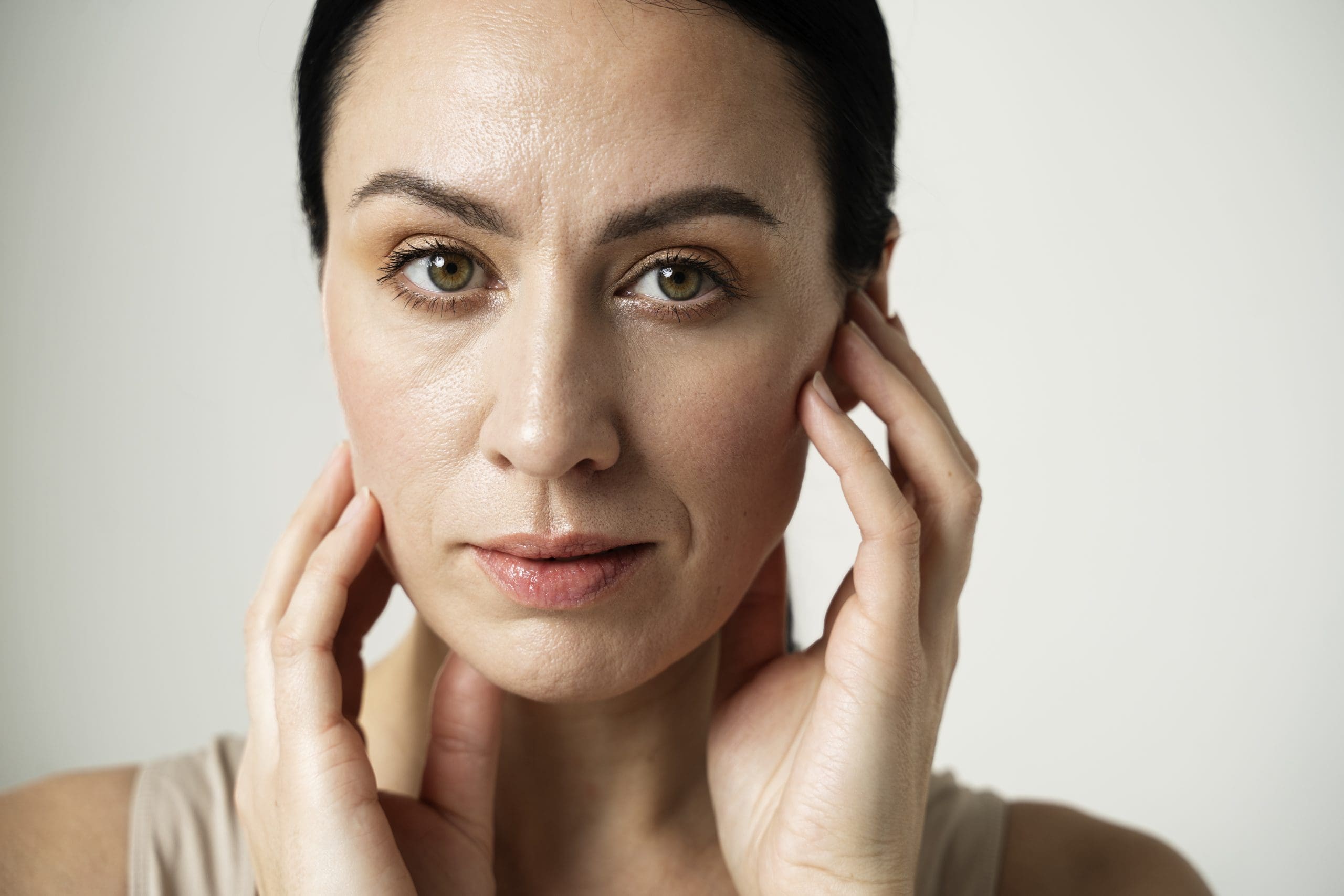Fine lines and wrinkles are common skin concerns that many people experience as a natural part of the aging process. While they share similarities, they also have distinct characteristics that set them apart.
Fine lines are the early signs of aging that typically appear in your late 20s or early 30s. These are subtle, shallow lines that usually develop as a result of repetitive facial movements, such as smiling or squinting. Fine lines are often the first indication that your skin is losing some of its elasticity and collagen, essential components that contribute to its firmness and smoothness. They are usually more noticeable in areas where the skin is thinner, such as around the eyes and mouth.
On the other hand, wrinkles are deeper and more pronounced than fine lines. They tend to become more evident as you age, especially beyond your 40s. Wrinkles result from a combination of factors, including the natural aging process, sun exposure, and lifestyle choices such as smoking and poor skincare habits. Unlike fine lines, wrinkles extend beyond the surface of the skin and may be accompanied by other signs of aging, such as sagging and a loss of skin tone.
One key difference between fine lines and wrinkles lies in their formation. Fine lines are primarily caused by the repetitive movement of facial muscles, leading to the breakdown of collagen and elastin fibers in the skin. These lines are often dynamic and may appear more prominent during facial expressions. In contrast, wrinkles result from a combination of factors, including the gradual loss of collagen and elastin over time, as well as the effects of external factors like sun damage and environmental pollutants.
Another distinction is the treatment approach for fine lines versus wrinkles. Since fine lines are often a result of muscle movement, preventative measures such as using sunscreen and practicing good skincare can help minimize their appearance. Additionally, cosmetic procedures like Botox injections can temporarily relax the underlying muscles, reducing the visibility of fine lines. On the other hand, wrinkles may require more intensive treatments, including topical retinoids, dermal fillers, and laser therapies, to address both the surface and underlying causes.
It’s essential to note that genetics also play a role in the development of fine lines and wrinkles. Some individuals may be genetically predisposed to age more slowly, while others may experience premature aging due to genetic factors. Despite these differences, both fine lines and wrinkles are natural aspects of the aging process, and there is no one-size-fits-all solution for preventing or treating them.
While fine lines and wrinkles are both signs of aging, they differ in terms of depth, formation, and treatment approaches. Fine lines are early, subtle indications of aging that result from repetitive facial movements, while wrinkles are deeper and more pronounced, influenced by a combination of intrinsic and extrinsic factors. Understanding these distinctions can guide individuals in adopting effective skincare routines and seeking appropriate treatments to address their specific concerns.
